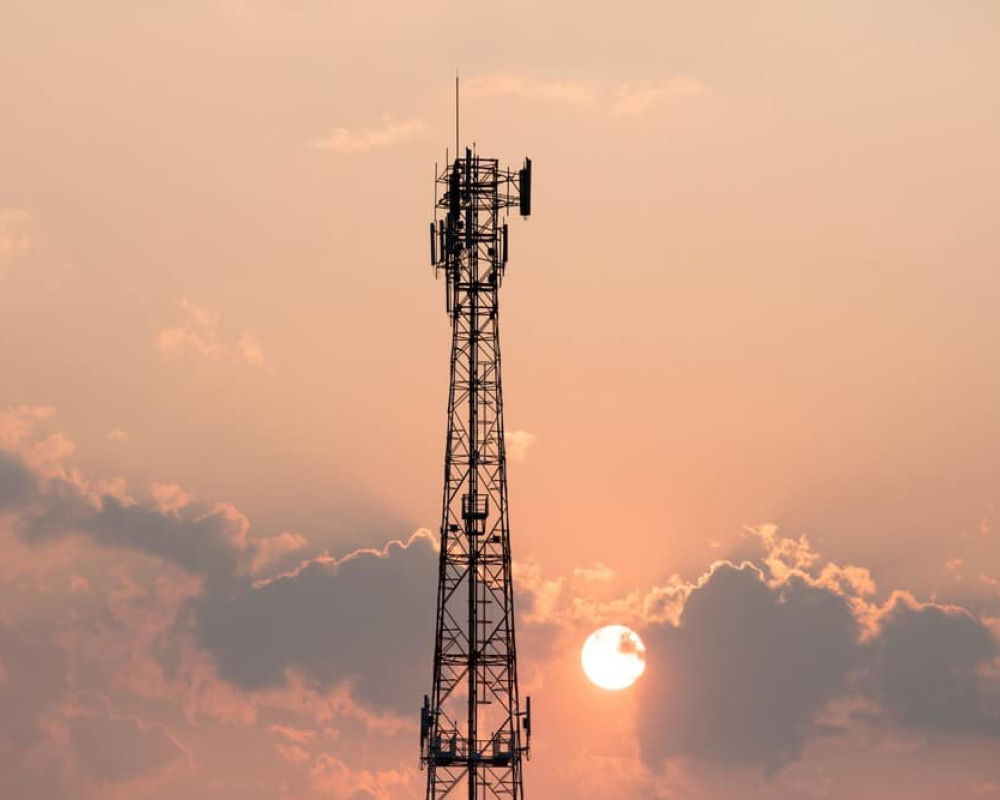Over the last year there has been an increasing drive by telematics providers to switch their users from 3G tracking devices to 4G or 5G devices due to the impending shutdown of 3G cellular communication networks. With all networks due to be closed by June 2024 and more than 100,000 3G devices estimated to still be in operation in Australian fleets, time is running out.
Users have been understandably hesitant to embrace this transition, partly due to the financial burden it places on them but also because the work involved in upgrading an entire fleet is not trivial. Aside from the capital outlay and planning to receive the new devices, it also necessitates taking vehicles out of service for installation. Many devices require installation by certified auto-electricians which is another area of skill in which there has been a significant capacity decline over the past couple of years.
This convergence of challenges has created a sense of apprehension among some users and contributed to a back-up effect, where many have left it a little too late to start the process which has in turn led to additional pressure on telematics providers to meet the demand in a narrow window. Providers find themselves in a race against time to secure enough components from the primary and secondary chip markets to meet the anticipated demand for new devices. Competition in these markets is global and since many other countries are on similar timelines to shut down their 3G networks, this has placed significant price pressure on the limited supply capacity of the 4G+ LTE chips required for the new networks.
Amidst the challenges, some providers have managed to navigate this transition more successfully than others. One of our partners, Verizon Connect, has informed us that they are well-prepared, with pallets of new devices recently arrived and ready for deployment in Australia. We have heard mixed positions from others in the market, with some concerned that rush from customers who need to switch very close to the shut off date may be greater than the volume they have provisioned for. Wait times for some devices were in excess of 20 weeks a few months ago, though we have had indications that this may be easing now. What is clear is that no one really knows how much of the installed base of 3G devices are yet to lock in upgrades ahead of the shutdown.
For users, the situation presents risks and opportunity. The risks lie in the potential inability to procure and install new devices in time and the consequences of not upgrading in time. This could result in some vehicles being untracked when the 3G network shuts down or becoming partially inoperable in regions where decommissioning has already occurred. Such scenarios could have dire consequences for users who have contractual obligations related to vehicle tracking, safety, or access to Intelligent Access Program (IAP) freight routes.
On the flip side, a forced technology upgrade is an opportunity for users to implement learnings from their experiences with the previous generation of tracking systems and to make provider or capability changes that better suit their needs for the future. There has been a flood of new telematics providers entering the Australian market in recent years so users have more choice than they ever have, in terms of both features and commercial arrangements.
With only 6 months to go, time is running out for those who have yet to make the switch. The full extent of the risks involved remains uncertain but what is known is that 3G devices will not be working at all this time next year.
